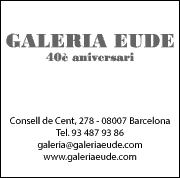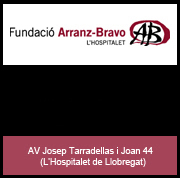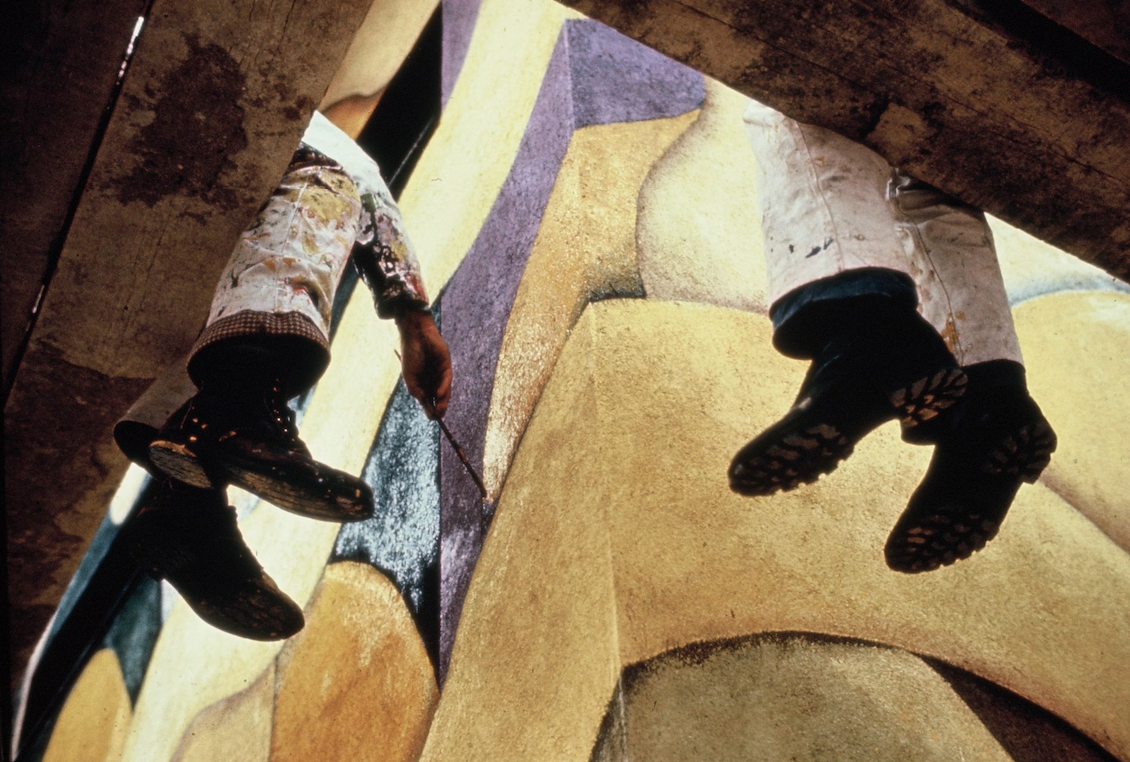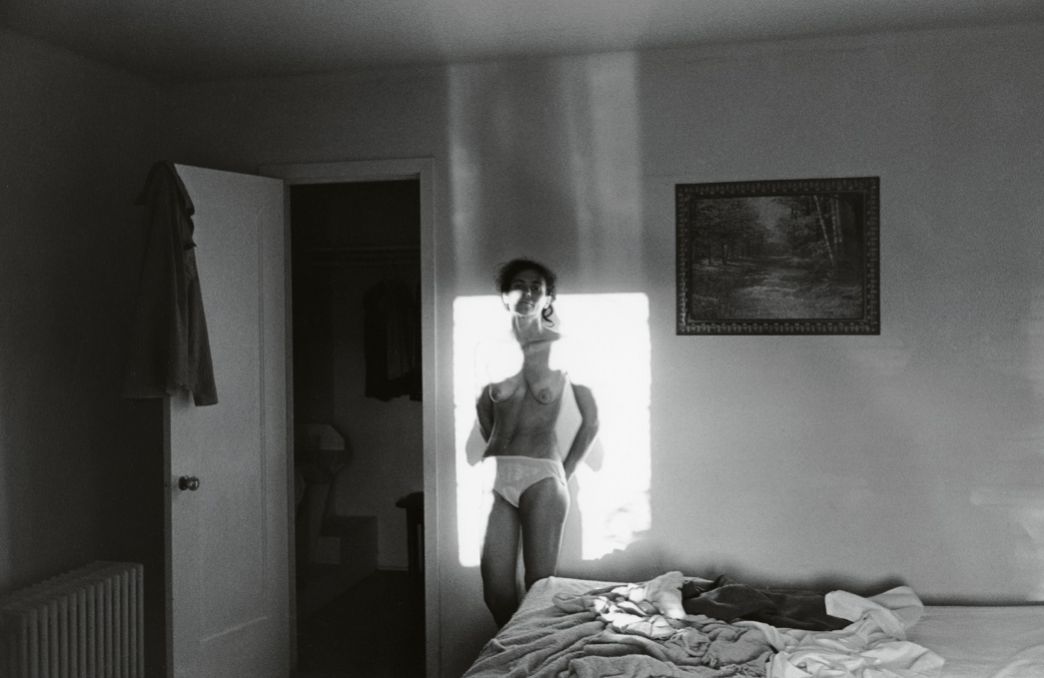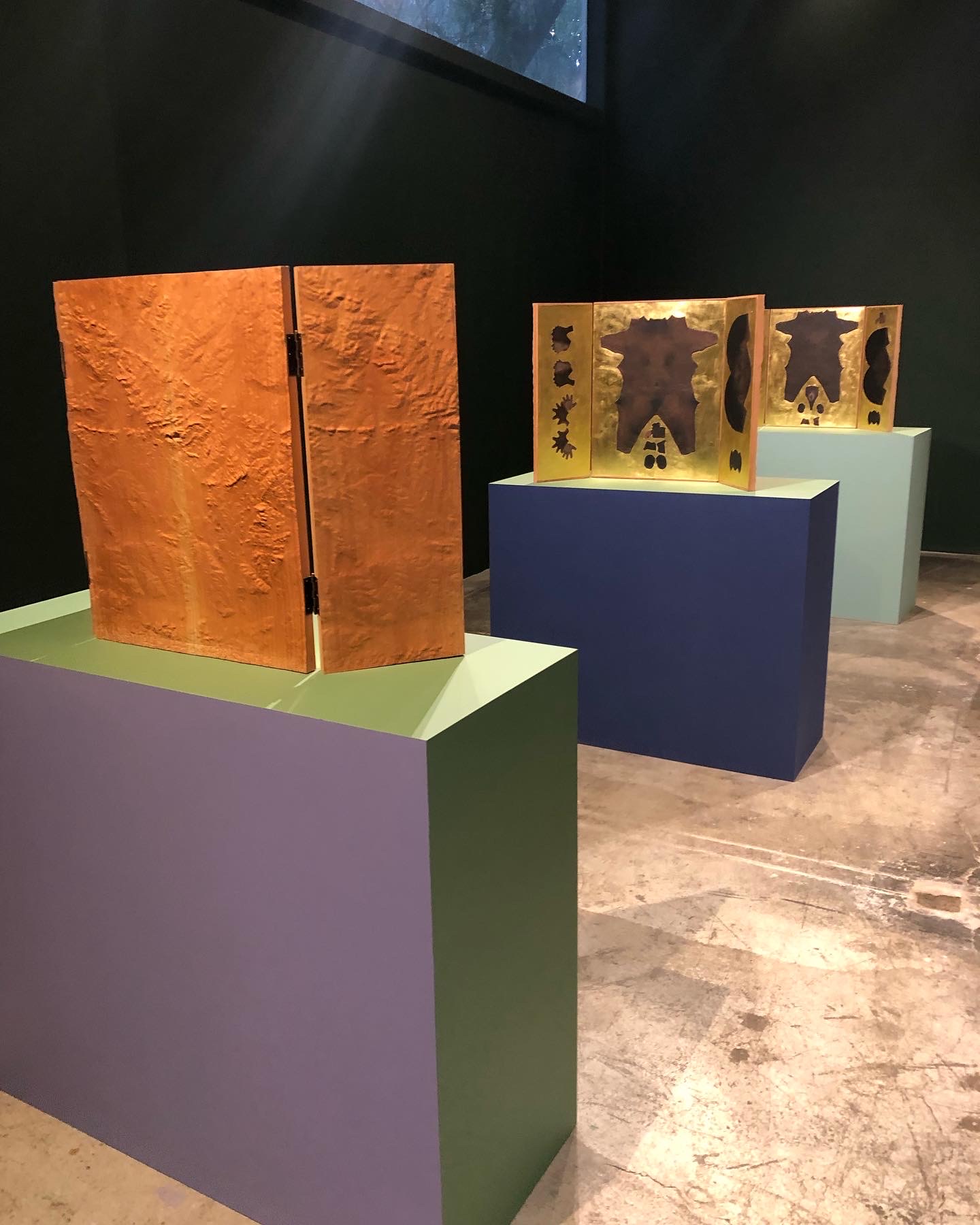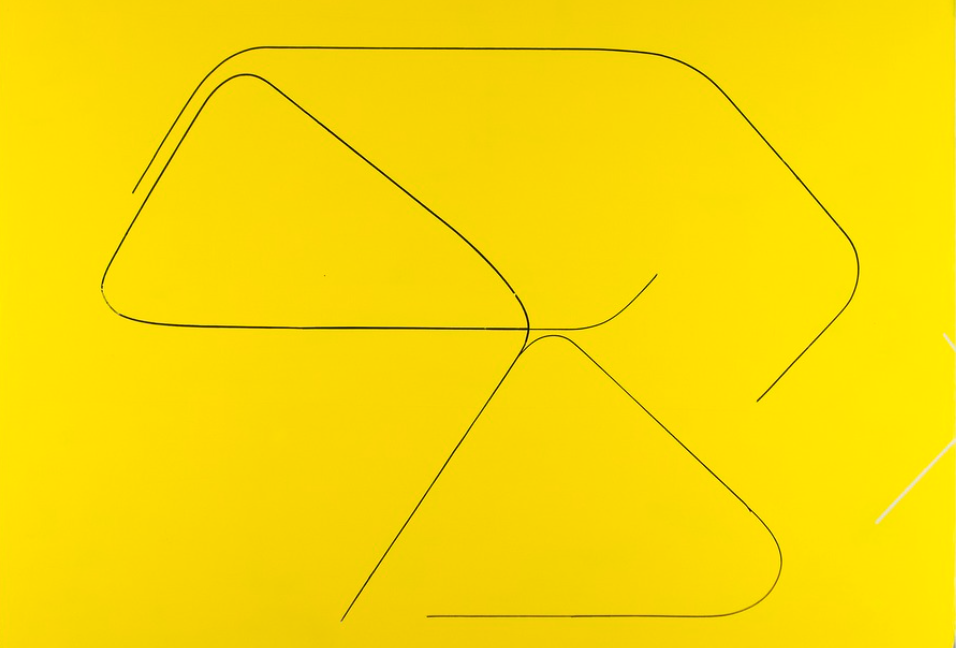reports
Conservation-Restoration Laboratory of the Barcelona Provincial Council
L’espai que treballa per conservar peces artístiques i documentació dels museus i arxius municipals fa 10 anys
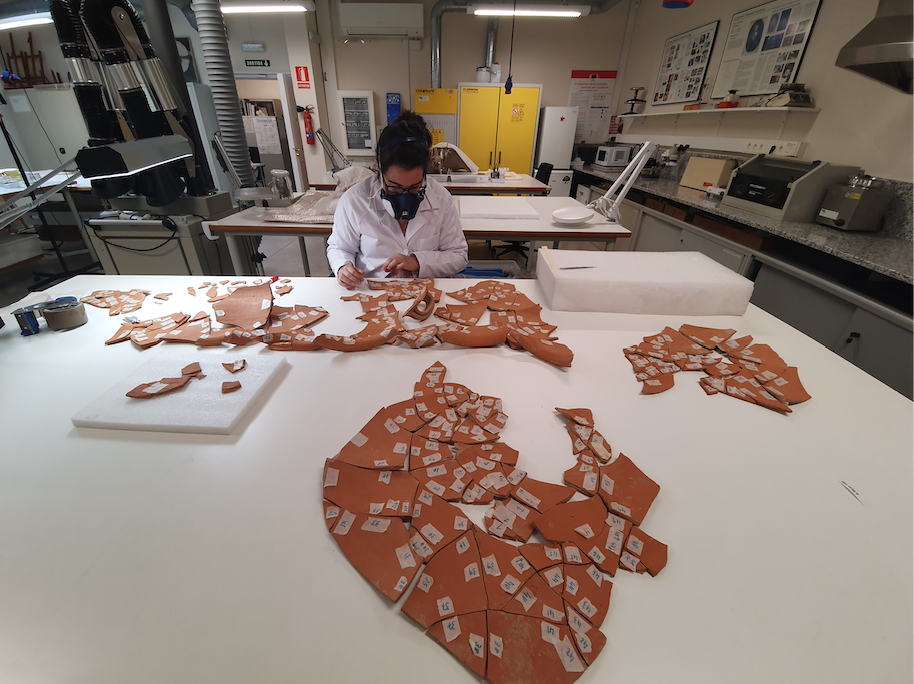
In the heart of Barcelona, in an unspecified location for security reasons, there is a space that is quite unknown, but which does an immense job of preserving and recovering its heritage. Various tools - manual and automatic -, equipment that is very strange to the visitor, materials with names of the table of the elements, among other utensils, welcome.
It is a laboratory, but not a medical one, but an artistic one, although the scientific method is present in each of the interventions it makes. A conservation and restoration laboratory that the Diputació de Barcelona set up 10 years ago to provide services to the Network of Local Museums, the Network of Municipal Archives and its own Historical and Artistic Fund.
This first-class equipment, attached to the Cultural Heritage Office of the Culture Area, works with pieces from all artistic disciplines and from all eras. For this reason, one day entering the Laboratory allows you to jump from times and styles just by changing the table where each of its members works. If in one Roman coins are restored, in the other a modernist column is worked on; if one acts patiently on ancient documents, the other restores a pictorial work that must appear in a new exhibition.

Everything is surprising in the Conservation-Restoration Laboratory and the curiosity that arises in each drawer that opens is satisfied thanks to the answers of the four techniques that currently make up this service. All of them are experts in different disciplines, since, for those who are not accustomed to the subject, not all the people who work in this field can deal with all kinds of material: a lot of specialization is needed in the subject!
He is currently working in the decorative arts, sculpture and painting, archeological, paleontological and ethnological material, decorative coatings and graphic work and documents. This great ability to deal with various materials has allowed, during these 10 years, it has been possible to intervene, only for museums, in more than 300 pieces. If we add the work that is also being carried out, from 4 years ago, for the archives recovering documents and in the work of preventive and curative conservation for the works of art of the Diputación, the figure is higher.
Preserve a cultural heritage of great value
All the pieces that have passed through the Conservation-Restoration Laboratory are special and important for the museum that requests an intervention. In addition, the interventions make it possible for local archives and museums to comply with the legislation and, most importantly, to be able to safeguard heritage that, without this service from the Barcelona Provincial Council, could be damaged, thus losing a cultural heritage. of great value.
We will soon be able to enjoy all these interventions in a commemorative catalog that is being produced by the Diputació de Barcelona. Some are important for being one of the first, such as the works for the Sabadell Art Museum to deal with a set of paintings on canvas attached to the wall from a house in Sabadell that is currently on display in the museum.
Also noteworthy are the collaborations with the Víctor Balaguer Museum in Vilanova i la Geltrú , with which he has worked on several occasions restoring paintings on canvas by Joaquim Mir and Hermen Anglada i Camarasa, and also supporting the exhibitions in which has participated.
 Peça arqueològica del Museu d'Història de Cerdanyola restaurada. Diputació de Barcelona
Peça arqueològica del Museu d'Història de Cerdanyola restaurada. Diputació de Barcelona
But not all of them are large format works. Small pieces can also be a challenge, such as those restored for the Torre Balldovina Museum in Santa Coloma : 11 silver imitation silver drachmas such as Puig Castellar and Iberian drachmas from Empúries. Or the Roman-era bronze utensils, including tweezers, for the Badalona Museum . And the pieces that the Museum of Granollers offered for the realization of the exhibition on how it was played from the times of the Iberians and the Romans to the medieval period, « Caput aut Navis ».
 Font del Museu Palau Mercader abans de la restauració. Diputació de Barcelona
Font del Museu Palau Mercader abans de la restauració. Diputació de Barcelona
However, not everything is an archeological piece, a sculpture or a painting. A model of the painter and opera set designer Mestres Cabanes, very important for the city, was restored for the Manresa Museum ; while work is currently being carried out on a silver reliquary from the last third of the 18th century-early 19th century from the Castellbisbal Peasant Museum .
 Font del Museu Palau Mercader restaurada. Diputació de Barcelona
Font del Museu Palau Mercader restaurada. Diputació de Barcelona
Sometimes, the Laboratory has to leave its space and move to the site of the intervention. As in the case of the Casa Alegre de Sagrera , in the Museum of Terrassa , which meant a performance of more than three years in situ to intervene in a set of mural painting with landscapes of the noble room of the house. The restoration of the Font del Museu Palau Mercader in Cornellà , an example of teamwork, with the essential collaboration of the municipal brigade, was not easy either.
 Procés de restauració de llibres antics. Diputació de Barcelona
Procés de restauració de llibres antics. Diputació de Barcelona
For the past four years, the Laboratory has also been serving the Municipal Archives Network with an expert in the restoration of paper and parchment, which takes care of documentation, parchments, old books and plans that are important for each of the municipalities that in asks for its preservation.
The list of jobs, therefore, is very long. These days, on social media you can find many of the interventions, both Local Museums and Municipal Archives, following # LabRestaura10Anys
More information at www.diba.cat/web/opc/laboratori-de-conservacio-i-restauracio
This action by the Barcelona Provincial Council responds to the Sustainable Development Goals (SDGs). The 17 SDGs were proclaimed by the United Nations General Assembly on September 25, 2015 and are part of the Global Agenda for 2030. The Barcelona Provincial Council assumes compliance and deploys its action in support of local governments of the province in accordance with these SDGs.


